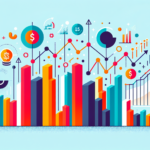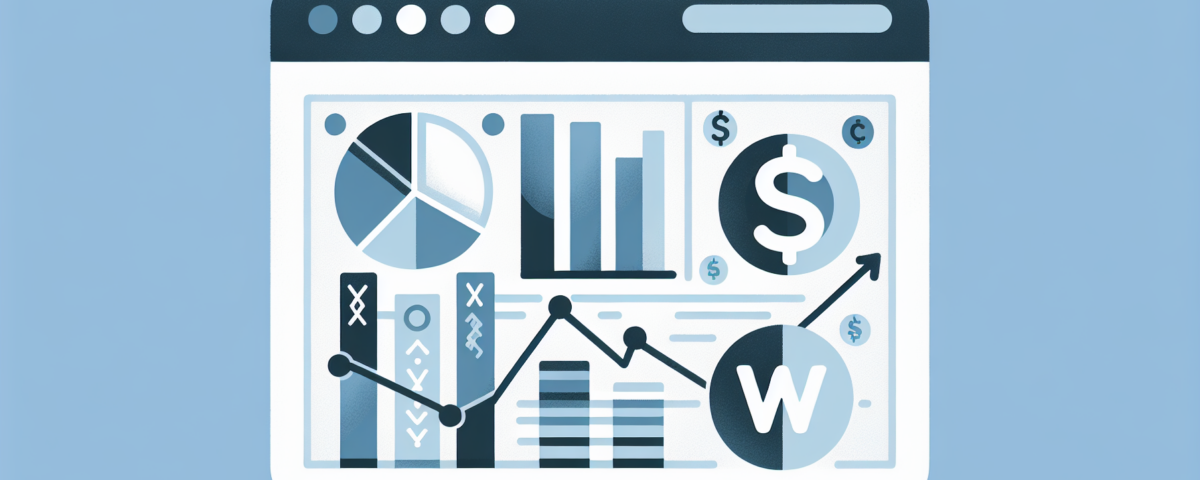
Pentagon Under Fire: Investigation Into Defense Secretary Hegseth’s Use of Signal App
Tháng 4 3, 2025
Navigating Turbulence: The Impact of U.S. Tariffs on Global Financial Markets
Tháng 4 3, 2025The Recent Surge of the CBOE Volatility Index (VIX): What It Means for Investors
The world of finance is currently experiencing a heightened level of uncertainty, as reflected by the sharp uptick in the CBOE Volatility Index (VIX). Recently, the VIX soared to its highest level since August 5, 2024, driven by a series of new tariffs announced by the U.S. President. This development has not only rattled investors but has also raised important questions about the future landscape of global trade and economic stability.
Understanding the VIX Surge
The CBOE Volatility Index, commonly known as the VIX, serves as a barometer for market volatility and investor sentiment. A significant surge was observed, with VIX futures skyrocketing by as much as 16.8%. This increase denotes a clear signal of heightened market anxiety and risk aversion, indicating that investors are brace themselves for turbulent times ahead.
VIX readings are a critical indicator that reflects the overall emotional climate of the market. Generally, when the VIX exceeds the 30 threshold, it implies a state of elevated fear among investors. Currently, the spike suggests that many are bracing for potential downturns, choosing to hedge their portfolios amid uncertainty. For insights on disciplined investing strategies, it’s crucial to understand the importance of avoiding common investment mistakes, as outlined in this blog on investment mistakes to avoid in 2023.
Tariffs and Their Ripple Effect
The announcement of new tariffs has sent shockwaves throughout the global market. This move has not only prompted a selloff in equities but has also dampened investor confidence in broader economic conditions. Major indices across Europe and Asia have recorded declines, reflecting a collective apprehension among investors about the potential fallout from these tariffs.
As economies gear up for potential retaliatory measures, the situation has spiraled into a widespread concern about global trade disruptions. Market participants are increasingly wary, recognizing that tariffs could lead to diminished international trade activity and subsequently stifle economic growth. As fears of stagflation surface, wherein inflation rises alongside stagnant economic growth, the resultant uncertainty is likely to keep volatility levels high. Understanding these dynamics is essential, and one can gain deeper insights into the broader implications of global trade by exploring articles such as the one on three strategic moves by China that discuss attempts to stabilize trade tensions.
The Broader Economic Landscape
The implications of the VIX’s ascent extend beyond market emotions; they encapsulate deeper economic concerns. Investors are beginning to seek protection against market downturns, resulting in increased demand for hedging strategies. These strategies could involve options and other financial instruments designed to mitigate risk, which in turn fuels more volatility in the market.
The uncertainty surrounding the current geopolitical climate, primarily driven by trade tensions, necessitates a cautious approach for both individual and institutional investors. Having a well-considered investment strategy in place that accounts for potential fluctuations can be crucial during such times. For investors navigating these challenges, it’s crucial to remember that maintaining a balanced mindset is vital for success in uncertain market conditions. This can be further explored in the advice shared by Barry Ritholtz on common psychological pitfalls in investing found in this blog on investment mistakes.
In conclusion, the recent surge in the CBOE Volatility Index is a stark reminder of how external factors—such as newly imposed tariffs—can impact global financial markets and investor psychology. As the situation evolves, staying informed and agile will be key for navigating the complexities that lie ahead in the investment landscape. Whether these developments will translate into long-term shifts in market behavior remains to be seen, but for now, the air of uncertainty looms large.

